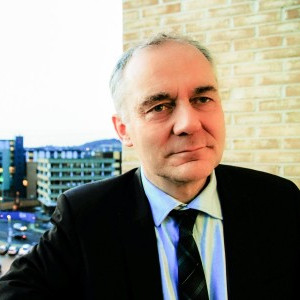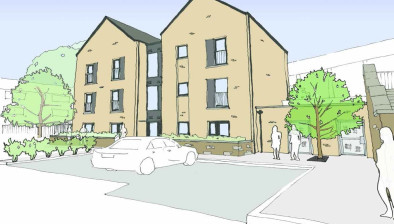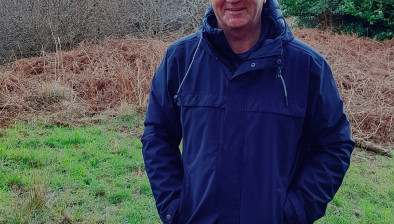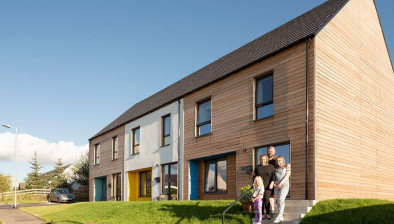Black’s Blog: Passive Houses … send us your pictures!
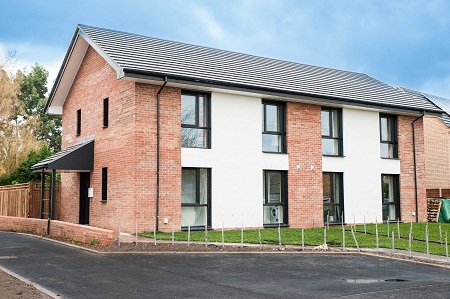
Scottish Housing News Podcast co-host Jimmy Black follows up his previous musings on the Passivhaus standard following a call from across the pond.
The potential pitfalls of a lunge towards Passive House building in Scotland are featured in our last SHN podcast with Josiah Lockhart. Being a bit of a doomsayer, I later raised concerns that passive houses don’t suit everyone; they need a mechanical ventilation system which requires a reliable electricity supply. In our cold, damp climate, ventilation failure could swiftly produce mould.
Scottish Housing News reaches further than you might think. Terence Hill, from New Alexandria in Virginia, got in touch to offer some insights from the USA. Terry is a certified consultant, and a board member of the Passive House Institute US (PHIUS). He built his own highly energy efficient house, trained in passive house-building techniques and continues to spread the message about the benefits of passive house building.
North America offers specific challenges to the Passive House concept. In the north (eg Alaska) there are extremes of cold. Is a ventilation system which recovers heat sufficient to cope with temperatures which can drop to minus 35 degrees?
In the south, hot, humid conditions prevail. Can a Passive House incorporate air conditioning and still meet the standard?
At first, PHIUS considered dividing the USA up into climate zones and creating a standard for each one. That idea was superseded by an algorithm that accurately calculates the respective heating, cooling demand, and peak loads by location. With that information designers can adapt the Passive House design and create a building which is well adapted to local conditions.
In some areas, Passive Houses need to use more energy for heating or cooling, and therefore need to generate more using solar panels or other renewables.
If net zero carbon is the goal, the international Passive House standard does not achieve it. However, Passive House Plus and Passive House Premium do deliver net zero by generating more energy than the house requires to operate.
So where does this leave Scotland’s brave new law requiring all homes to be built to Passive House standard? The hard part will be defining that standard and ensuring enough flexibility to cope with both Shetland and Sanquhar, and everywhere in between.
SHN is gathering information for a podcast which will focus on Passive Houses, and the challenges which the Scottish Government’s ambitious targets will create for developers and the construction industry.
If you or your organisation has built, or plans to build a Passive House, please send us a photograph and tell us about your experience. If you have strong views one way or the other, let us know. And if you think there is a better way to achieve net zero, for example using carbon offsetting, tell us that too.
Just to end on a positive note, Terry sent me a story from the town of Hope, Maine (pop 1,698). It’s below zero outside, but Patrick McCunney’s Passive House is a cosy 21 degrees, even although he has no “furnace”, just a small heat pump. On a bright winter’s day, his solar array generates four times as much electricity as his house needs.
(For information about PHIUS, see https://www.phius.org/)





